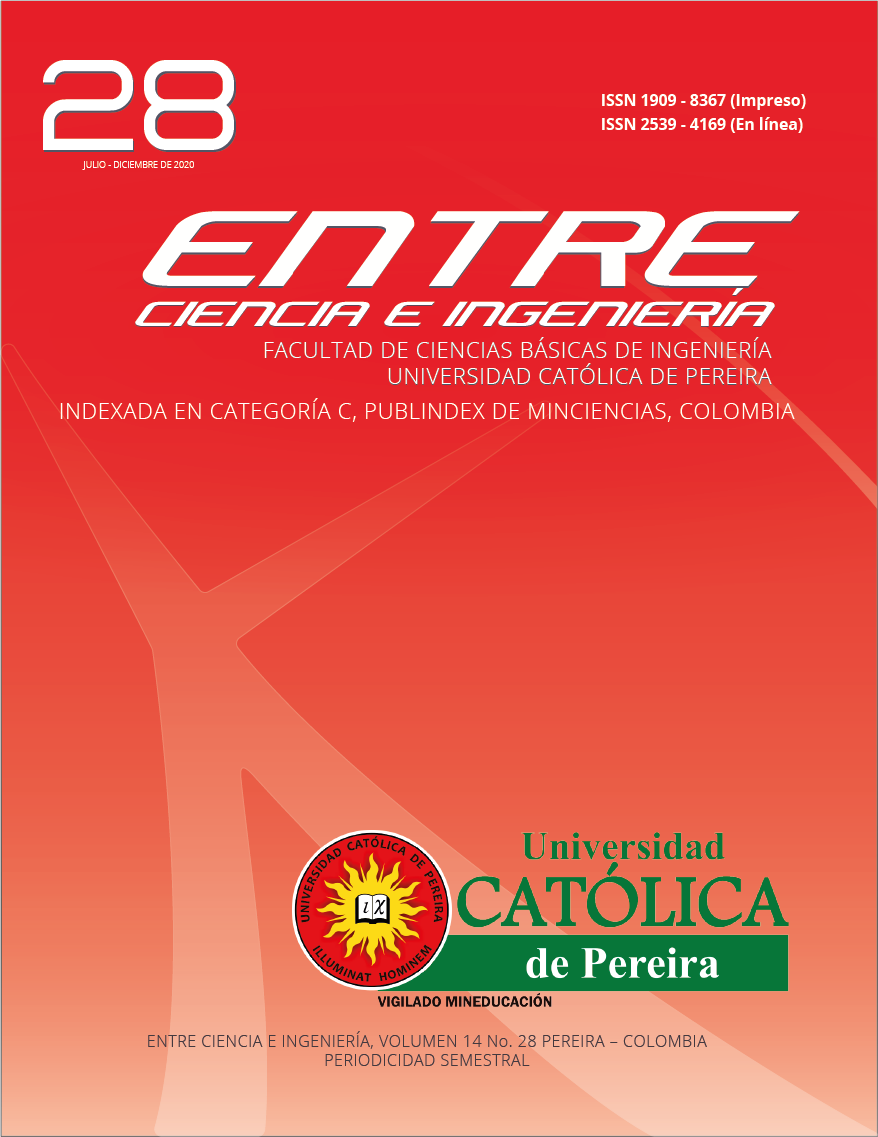Usability Heuristic Evaluation Using Qualitative Indicators for Intrusion Detection Systems
DOI:
https://doi.org/10.31908/19098367.2015Abstract
The decision to implement an Intrusion Detection System (IDS) within an organization can result in a complicated task both from a technical point of view as well as from those that affect the cost/benefit evaluation of its use. In this decision/evaluation process, several heuristics combined with indicators were proposed focused mainly on the technical part of these Systems. In creating these heuristics usability, we were assisted by a framework of guidelines of outlines oriented to the challenges of implementation and design of tools to manage security in information technology (SIT). It also presents the experience of evaluating these heuristics in two intrusion detectors of the NIDS type (Network Intrusion Detection System) widely used in the field of SIT. Therefore, it aims to be a source of consultation for evaluators and Information Technology Security professionals as well as the people in charge of decision-making in the organization.
References
Broadcom, “Internet Security Thread Report - ISTR”, Symantec Corp., Mountain View, CA, Feb. 2019. [Online]. Available: https://docs.broadcom.com/doc/istr-24-2019.
A. T. Zhou, J. Blustein and N. Zincir-Heywood, "Improving intrusion detection systems through heuristic evaluation," Canadian Conference on Electrical and Computer Engineering 2004 (IEEE Cat. No.04CH37513), Niagara Falls, Ontario, Canada, 2004, pp. 1641-1644 Vol.3, doi: 10.1109/CCECE.2004.1349725.
Kruegel, C., Valeur, F., and Vigna, G. (2004). “Intrusion detection and correlation: challenges and solutions” (Vol. 14). Springer Science & Business Media.
Cavusoglu, H., Mishra, B., & Raghunathan, S. (2005). The value of intrusion detection systems in information technology security architecture. Information Systems Research, 16(1), 28-46.
Werlinger, R., Hawkey, K., Muldner, K., Jaferian, P., and Beznosov, K. (2008, July). “The challenges of using an intrusion detection system: is it worth the effort?” In Proceedings of the 4th symposium on Usable privacy and security (pp. 107-118).
Butt, D. S., & Gnevasheva, V. A. E. (2018). Efficiency in the Processes of Intrusion Detection System Through Usability Evaluation Methods. Available at SSRN 3151216.
Nielsen, J. (1994). “Usability engineering”. Morgan Kaufmann.
Patil, T., Bhutkar, G., and Tarapore, N. (2012). “Usability evaluation using specialized heuristics with qualitative indicators for intrusion detection system”. In Advances in Computing and Information Technology (pp. 317-328). Springer, Berlin, Heidelberg.
Quiñones, D., and Rusu, C. (2017). “How to develop usability heuristics: A systematic literature review”. Computer Standards & Interfaces, 53, 89-122.
Scarfone, K., and Mell, P. (2012). “Guide to intrusion detection and prevention systems (idps)”. (No. NIST Special Publication (SP) 800-94 Rev. 1 (Draft)). National Institute of Standards and Technology.
Mathew, D, (2002). Choosing an Intrusion Detection System that Best Suits your Organization. SANS Institute. [Online]. Available: https://www.sans.org/reading-room/whitepapers/detection/choosing-intrusion-detection-system-suits-organization-82.
Cárdenas, A. A., Baras, J. S., & Seamon, K. (2006, May). “A framework for the evaluation of intrusion detection systems”. In 2006 IEEE Symposium on Security and Privacy (S&P'06) (pp. 15-pp). IEEE.
Roesch, M. (1999, November). Snort: Lightweight intrusion detection for networks. In Lisa (Vol. 99, No. 1, pp. 229-238).
Bevan, N., Carter, J., & Harker, S. (2015, August). “ISO 9241-11 revised: What have we learnt about usability since 1998?”. In International Conference on Human-Computer Interaction (pp. 143-151). Springer, Cham.
International Organization for Standardization. (1998). ISO 9241-11: Ergonomic requirements for office work with visual display terminals (VDTs): Part 11: Guidance on usability.
Lewis, J. R. (2014). Usability: lessons learned… and yet to be learned. International Journal of Human-Computer Interaction, 30(9), 663-684.
Debar, H., Dacier, M., and Wespi, A. (1999). Towards a taxonomy of intrusion-detection systems. Computer networks, 31(8), 805-822.
Jaferian, P., Botta, D., Raja, F., Hawkey, K., & Beznosov, K. (2008, November). Guidelines for designing IT security management tools. In Proceedings of the 2nd ACM Symposium on Computer Human interaction For Management of information Technology (pp. 1-10).
Paxson, V. (1999). Bro: a system for detecting network intruders in real-time. Computer networks, 31(23-24), 2435-2463.








 Revista Entre Ciencia e Ingeniería
Revista Entre Ciencia e Ingeniería .png) entrecei@ucp.edu.co
entrecei@ucp.edu.co.png) ISSN (Impreso) 1909-8367 - ISSN (En Línea) 2539-4169
ISSN (Impreso) 1909-8367 - ISSN (En Línea) 2539-4169 Attribution-NonCommercial 4.0 International (CC By-NC 4.0)
Attribution-NonCommercial 4.0 International (CC By-NC 4.0)
.png) Carrera 21 No. 49-95 Av. de las Américas, Pereira, Risaralda, Colombia
Carrera 21 No. 49-95 Av. de las Américas, Pereira, Risaralda, Colombia